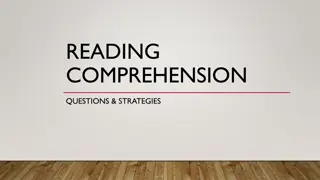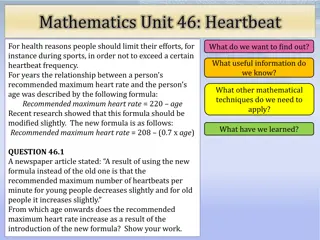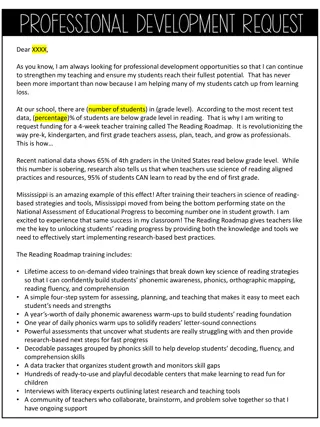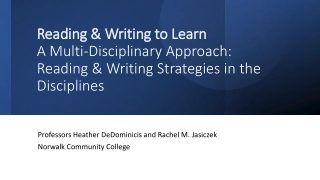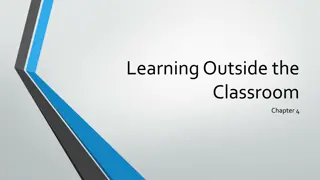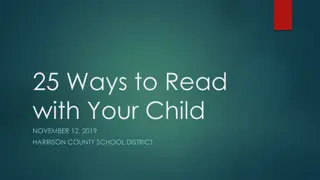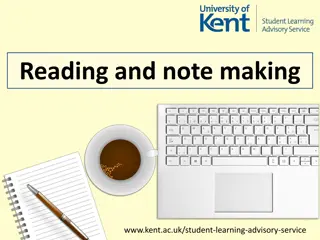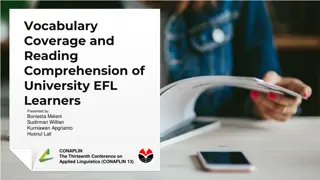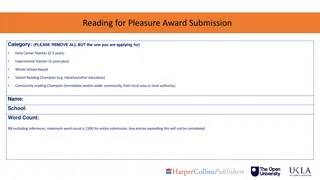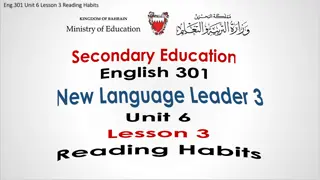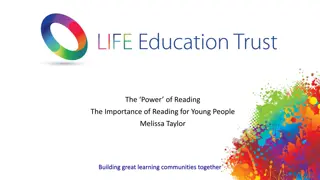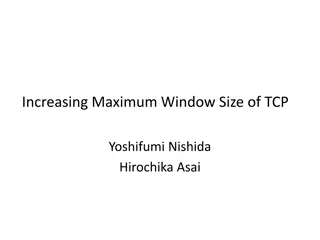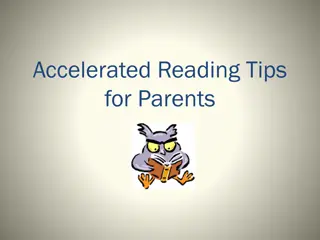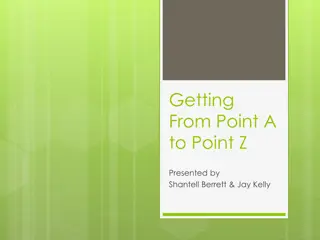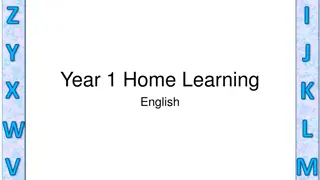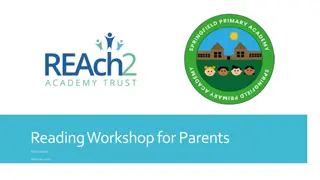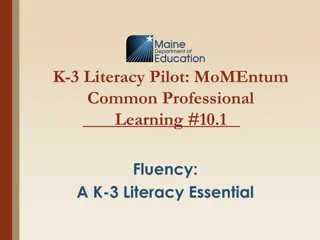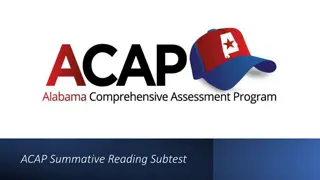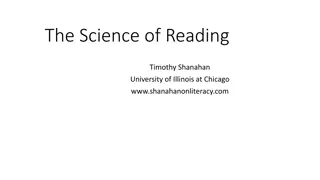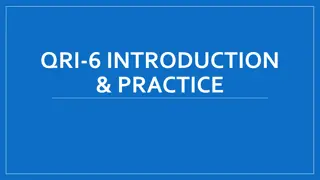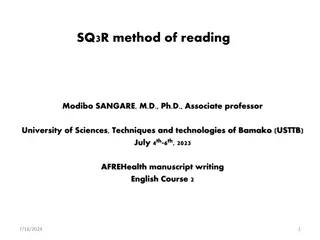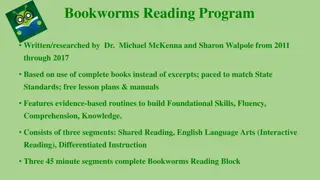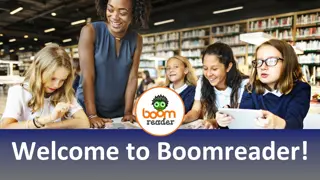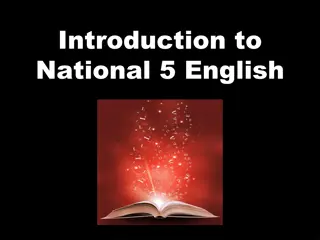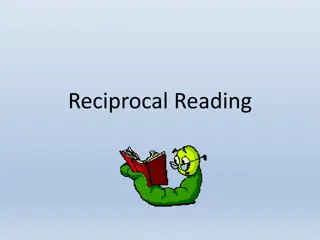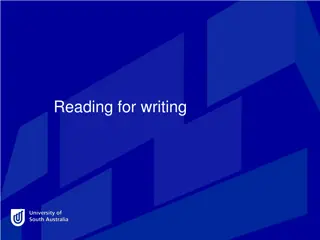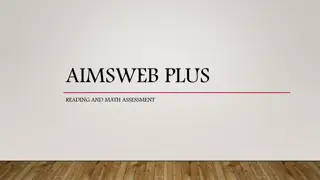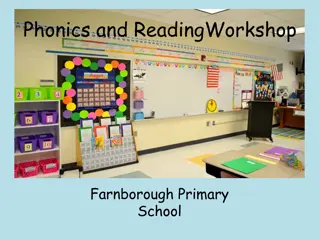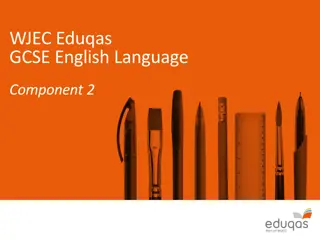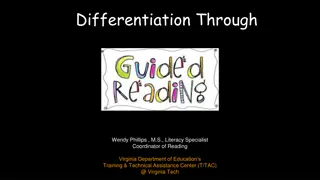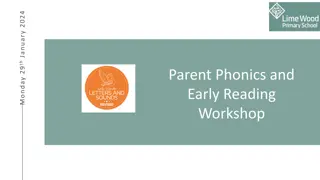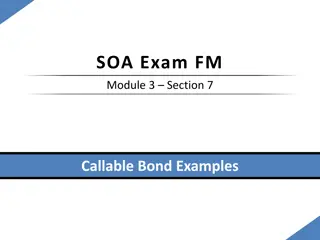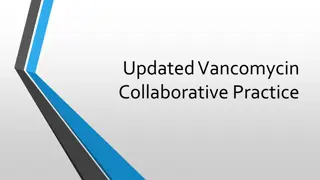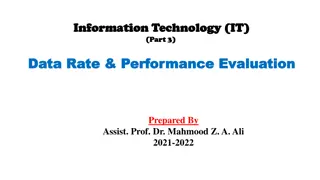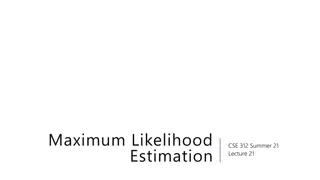Efficient Reading Strategies for Maximum Learning
Learn how to get the most out of your reading assignments by developing efficient strategies. From knowing what to focus on to active reading techniques, this workshop provides essential tips for enhancing comprehension and saving time. Discover the importance of asking questions, different levels of reading depth, and how to engage with text effectively to maximize your learning outcomes.
Download Presentation

Please find below an Image/Link to download the presentation.
The content on the website is provided AS IS for your information and personal use only. It may not be sold, licensed, or shared on other websites without obtaining consent from the author. Download presentation by click this link. If you encounter any issues during the download, it is possible that the publisher has removed the file from their server.
E N D
Presentation Transcript
The strategies presented in this workshop are all about helping you to gain efficiency with your assigned readings. By developing and employing these strategies, you ll get the maximum benefit from your reading with the minimum effort. Lecture meaning will be enhanced by greater comprehension of text material. It s all about saving you a TON of time, while helping you to do better in your courses!
Knowing what you need to know. 1. Knowing how deeply to study the material. 2. Active reading. 3. How to approach different types of material. 4.
Ask yourself some questions. How is this reading supposed to relate to the lecture? Are you reading with this purpose? What should you know after the reading? With those questions answered, you can examine the text to see whether it is going to provide you the information you need. An easy and quick way to do this? Take a look at the introduction and the chapter headings. The introduction should let you know at whom the book is targeted, and what it seeks to achieve. Chapter headings will give you an overall view of the structure of the subject. Section summaries and review questions also provide clues to content. Don t forget to pay attention to graphs, illustrations, charts, etc.
Where you only need the shallowest knowledge of the subject, you can skim material. For instance, reading only chapter headings, introductions, and summaries. If you need a moderate level of information on a subject, then you can scan the text. Read the chapter introductions and summaries slowly, and in detail. You may then speed read the contents of the chapters, picking out and understanding key words and concepts. At this level, it is worth paying attention to diagrams, graphs and illustrations. When you need EXTENSIVE knowledge and understanding of a subject or concept, it s worth studying the text more closely. Take your time and read for understanding. Ask yourself if the reading is answering what you need to know .
When you are reading a document for detail and understanding, you should be actively reading. Simple active reading: Highlight important definitions, dates, names, key words, etc. Underline explanations of concepts. Write notes in the margins so you can easily locate information for later review. Some students use tabs to mark important sections. Active reading also helps to keep your mind focused on the material. Have your lecture notes available while actively reading. Compare and contrast! Recognize consistencies between the two. Is anything missing? Does the text discuss something not in your notes?
By understanding the layout and of the material you are reading, you can extract useful information much more efficiently. Consider the depth and validity of each type of source. Would you trust Wikipedia as much as your course text? Facebook as much as a conversation? Pay attention to the different ways information is presented in: Magazines Websites Podcasts Journals Textbooks (pictures and less text) (can you trust the site?) (how legitimate is the source?) (text heavy) (a nice mix of text and illustration) Do you have a preference? Is one format easier for you to follow? Why? Learn to effectively use many different source types. It is best to use a VARIETY of sources.
If you are still experiencing difficulties, ASK your professor for guidance. They may be able to help you understand the assigned readings by relating them to other course assignments. Try to determine those readings on which you should place particular emphasis. Is there something you are missing with the reading? Not sure how it relates to the test? Be prepared to show the professor an example of your active reading efforts.
This PowerPoint presentation is the property of Northern Michigan University s Academic & Career Advisement Center. It may not be reproduced without written consent. www.nmu.edu/acac



